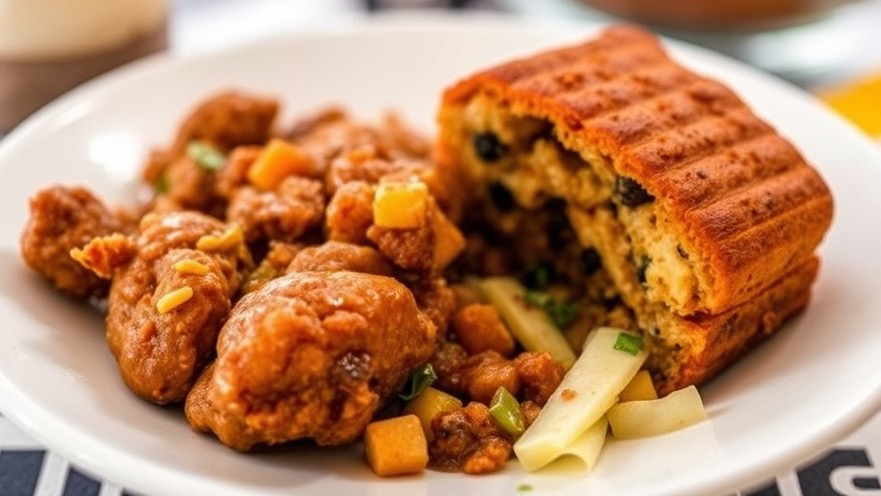Jollof, Bobotie & Braai: A Culinary Road Trip Across Africa

Forget what you think you know about African food. Africa isn’t a single cuisine—it’s a continent of flavors, shaped by ancient trade routes, colonial histories, and fierce local pride. Here, food is both tradition and resistance, celebration and storytelling.
Start in West Africa, where Jollof rice is not just a dish but a battleground. Ask a Nigerian and they’ll insist theirs is superior. Ghanaians will roll their eyes and argue back. But everyone agrees: Jollof is comfort in a pot—long-grain rice simmered with tomatoes, onions, chili, and spices, usually served with grilled meat or fried plantains. Eat it from a street stall in Accra or a family kitchen in Lagos and you’ll understand why it inspires such loyalty.
Move east to Ethiopia, and you enter a completely different rhythm. Meals here are tactile, communal. You tear off bits of spongy injera (a sour, fermented flatbread) to scoop up fragrant stews like doro wat (spiced chicken with hard-boiled eggs) and shiro (chickpea puree). Coffee, often roasted and brewed in front of you, isn’t just a beverage—it’s a ceremony, an offering of hospitality.
In North Africa, ancient Berber traditions collide with Arab and Mediterranean influences. Think: lamb tagines slow-cooked with apricots and almonds, fluffy couscous, and sweet mint tea poured high from silver pots. The food markets in Marrakech or Cairo are a riot of color—pyramids of saffron, sticky date pastries, whole roasted lambs.
Then head south, where South Africa’s braai culture is a weekend religion. Families gather around the fire for hours, grilling everything from boerewors (spiced sausage) to peri-peri chicken. But the culinary landscape here is layered: try bobotie, a Cape Malay spiced mince dish topped with an eggy custard; or head to a township for shisa nyama, where meat is grilled street-side and served with pap and chakalaka.
This isn’t a continent that asks you to dine politely—it invites you to join the fire, lick your fingers, argue over spice levels, and ask for seconds. You won’t need a reservation. Just an open heart, a strong stomach, and maybe a napkin tucked into your shirt.
 Add Row
Add Row  Add
Add 




Write A Comment